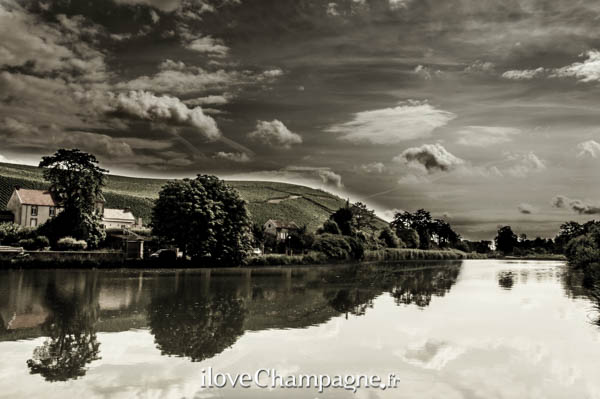Single-vineyard or site-specific champagnes are going from strength to strength. Philipponnat’s Clos des Goisses was the first recorded single-vineyard champagne. Charles Philipponnat shares his views on the trend and analyses the market, introducing the new Philipponnat Les Cintres single-vineyard cuvée expected to be launched later on this year.
Why do you think this trend for site-specific champagne exists?
Consumers are more and more knowledgeable and have finally come to understand that champagne is not just bubbles and marketing, but can actually be an excellent wine. It therefore becomes important, as in any superior wine, to pay attention to the terroirs. Single parcel champagnes are therefore gaining interest, especially when exceptionally located and/or exceptionally well made, because they are at the spearhead of this trend, and are easier to come to grasps with than more complex (but not inferior) blends. However, not all single-vineyards are equal and not all are made by talented vinegrowers and winemakers. Thus, I fear that more and more uninteresting examples will show up in the near future. One will need to exercise caution, and it will take some time to recognize the really good terroirs in a sense similar to Burgundy and the really good makers.
What has been Clos des Goisses’ role in establishing this trend?
It was the first recorded single-vineyard champagne to be made as a sparkling wine, first by the Bouché family of Mareuil (cousins to the Philipponnats) around the 1900’s and then by Pierre Philipponnat from 1935 onwards, after a period of near abandonment after WWI and the great depression, let alone Phylloxéra.
What is the market like for site-specific champagne?
Right now the trend is limited to expert buyers: wine lovers, high-end sommeliers, etc. Few champagnes are speculative collectibles or comparable to Bordeaux 1st growths or the likes of DRC or Jayer yet. Most of them are drunk, which is their true vocation in my mind. However, champagne keeps very well, and some of them have sufficient rarity to reach such a level one day.
Clos des Goisses has a twofold market. The usual food and drink market on one hand but it also has an increasing presence in the offers of the specialized merchants, who deal directly with very high-end consumers. We have been experiencing strong demand from them all over the world in the past three or four years, following good reviews and the recognition of the quality improvements at Philipponnat in the past 15 years as well as its entry into the Live-ex champagne index two years ago.
How is Clos des Goisses Juste Rosé performing as investment wine?
It’s so small there’s never enough! I guess most of it is drunk by Clos des Goisses lovers. Personally, I recommend drinking rosés without waiting too long, because the fruitiness will be lost after 4-5 years after disgorgement in most cases.
You are launching later on this year or early 2016 a new single-vineyard champagne from the heart of the Goisses. Why did you decide to make Les Cintres?
Michel Bettane tried to convince me to make a red Pinot Noir from the central parcels of Clos des Goisses. I thought the idea was good, but it made more sense to turn (a small fraction of) it into a specific champagne cuvée. Clos des Goisses is too chalky for reds (they need a proportion of clay) and it did not make economic sense. We make Les Cintres only a when we can take a little part of it away from the Clos des Goisses blend without lessening it. It is made as a testimony of what the pure Pinot Noir heart of Clos des Goisses can be.
